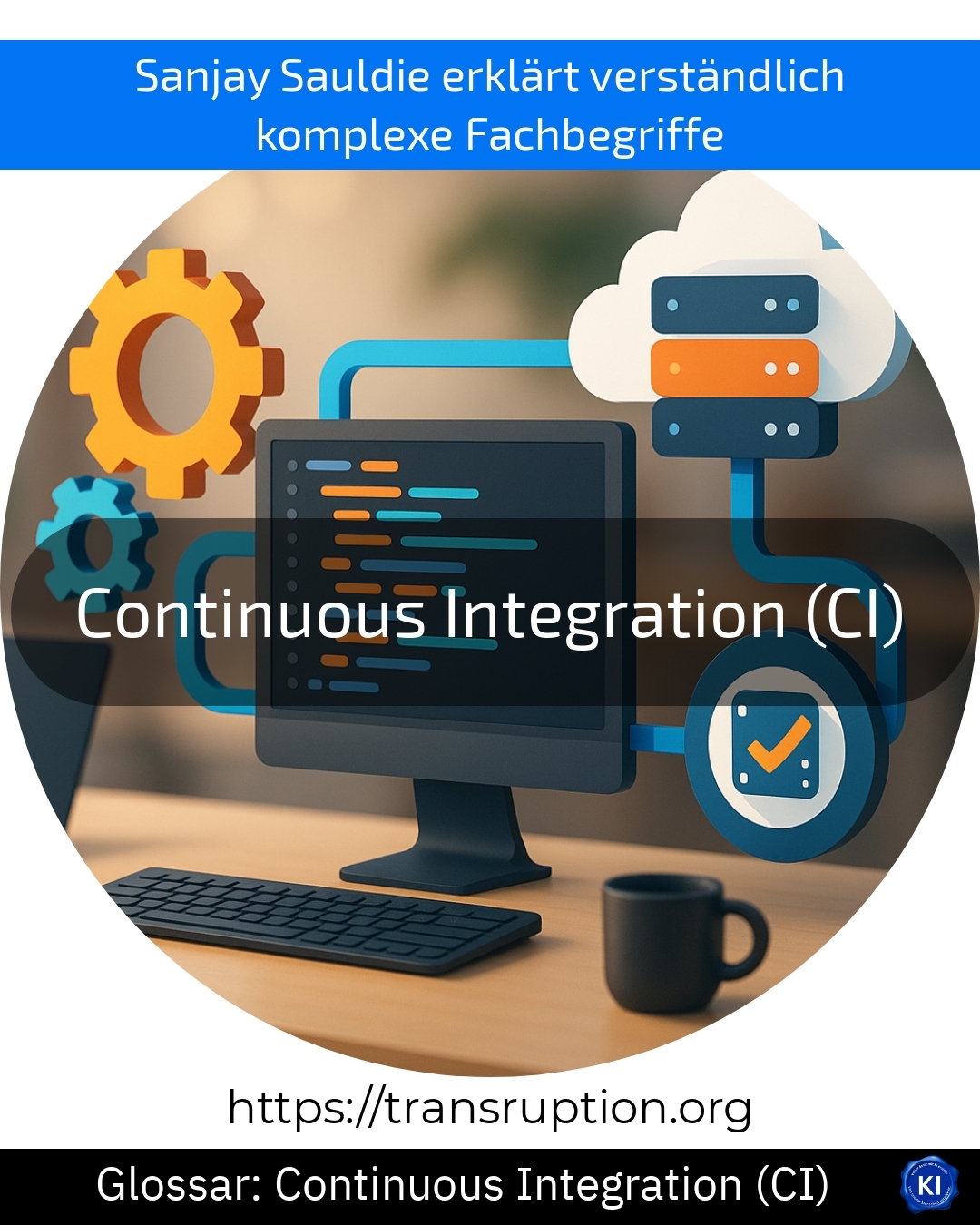Continuous integration (CI) is a term that is particularly at home in the fields of automation, industry and Factory 4.0 as well as artificial intelligence. It describes a modern method in software development in which teams regularly - often several times a day - merge their changes to a shared code base.
The aim of Continuous Integration (CI) is to recognise errors at an early stage and speed up the development process. As soon as a developer creates new code, it is automatically tested and combined with the previous versions. In this way, small errors become visible immediately and can be rectified quickly before they cause major problems in the end product.
A simple example: A team builds an app for use in an intelligent factory. Each team member works on a different part of the app. With the help of Continuous Integration (CI), automatic checking and test systems ensure that all changes are checked immediately. If there is an error, the team is informed immediately. This keeps the app stable and ready for use, and development is much faster and less complicated.
Continuous Integration (CI) makes collaboration more efficient and ensures more reliable software - particularly important where technology has to function quickly and without errors.















